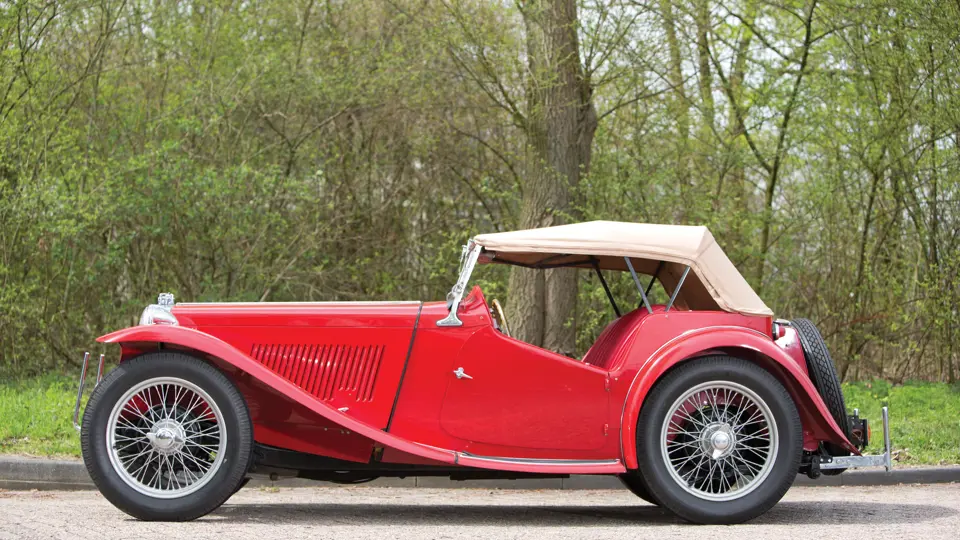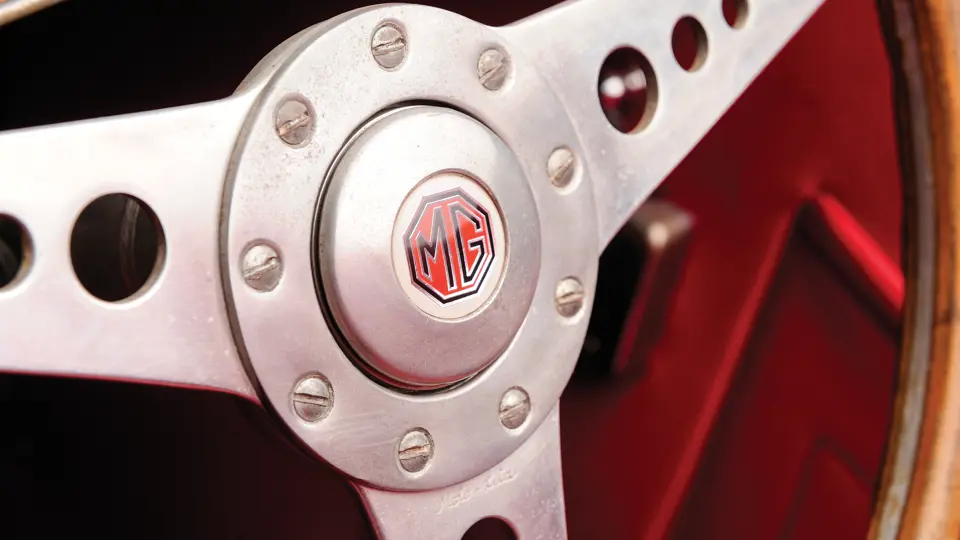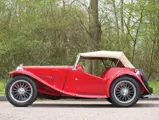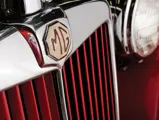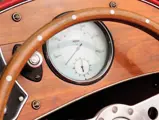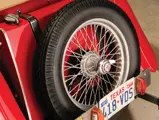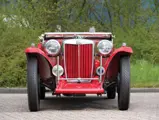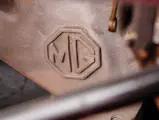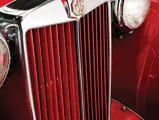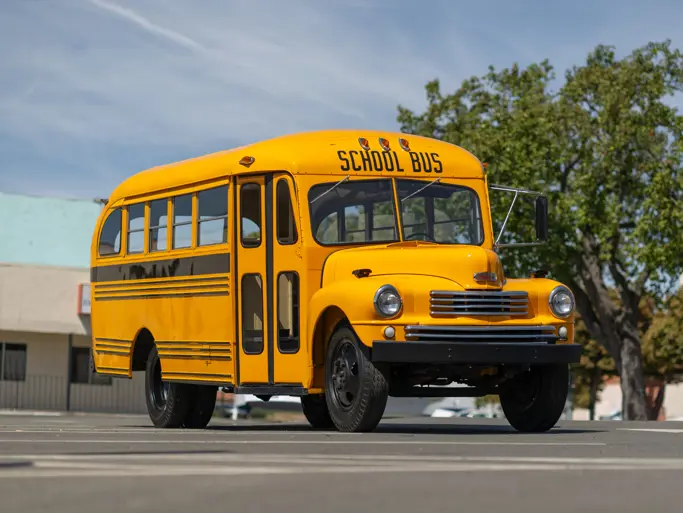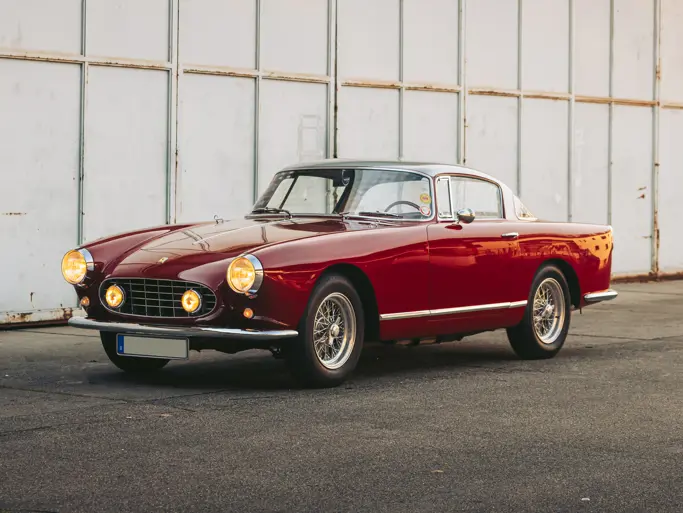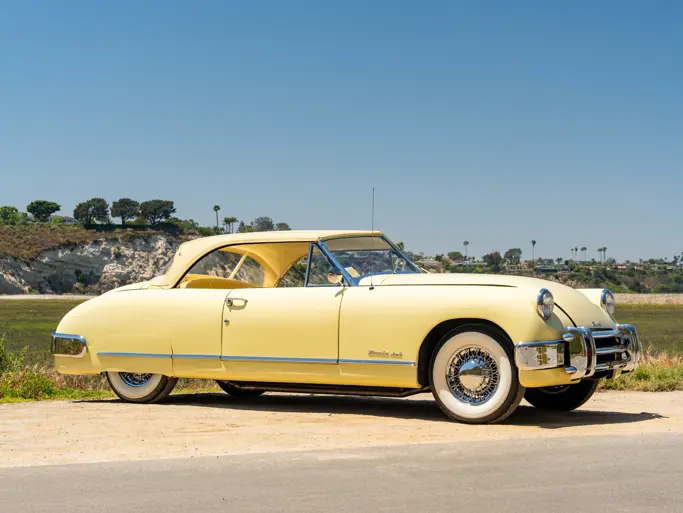55 bhp at 5,200 rpm, 1,250 cc overhead-valve straight four-cylinder engine with two SU carburettors, four-speed manual gearbox, front and rear live axle, semi-elliptic leaf-spring suspension, and drum brakes. Wheelbase: 2,388 mm
In 1922, Cecil Kimber was the manager of the Morris Garages, in Oxford. Fed up with selling Cowley and Oxford cars, he began to body Cowley chassis himself, and eventually, his company evolved into MG. The first cars had four-seat bodies built by Carbodies, of Coventry, and were sold as Chummys. Subsequent specials were two-seaters that used Raworth of Oxford coachwork. In March 1924, a four-door MC V-front saloon was the first car to be advertised as an MG. The company went from strength to strength and achieved tremendous success in motor racing, particularly from 1933 to 1935 with the K3 Magnette.
The first of the MG T-Series appeared in spring 1936. The MG TA Midget was replaced by the TB in 1939, but it was not until after the war that the MG TC was introduced. MG was quick to restart production after the war, and the MG TC was launched in October 1945. Based on the pre-war TB, the TC was essentially the same, but with minor modifications. Exports to the U.S. began in 1947, and the TC became something of a cult car. Production finished in 1950, by which time 10,000 had been constructed. Of these, 6,592 were exported, with 2,001 of them being sent to the United States, where the cars generated new enthusiasm for sports cars and motor racing.
The MG TC generated sales figures far beyond those that MG generated before the war. This was considered remarkable, as the car was only a slightly modified version of the 1939 MG TB, and it was originally considered a short-term stopgap for after the war.
The MG TC presented here is finished in red, with red leather and a tan soft top, and it is in beautiful condition. This car was purchased from Sue Finley, who, it is understood, owned the car for approximately four years in Corpus Christi, Texas. It was then imported into Holland in March 1992, at which point it entered the current collection. The wire wheels give the car a great vintage look, and it would sit perfectly on long, open-plan country roads. The semantics are very well thought out, with two large instruments on either side of the beautifully sculpted dash, giving the impression of driving one of the greats.
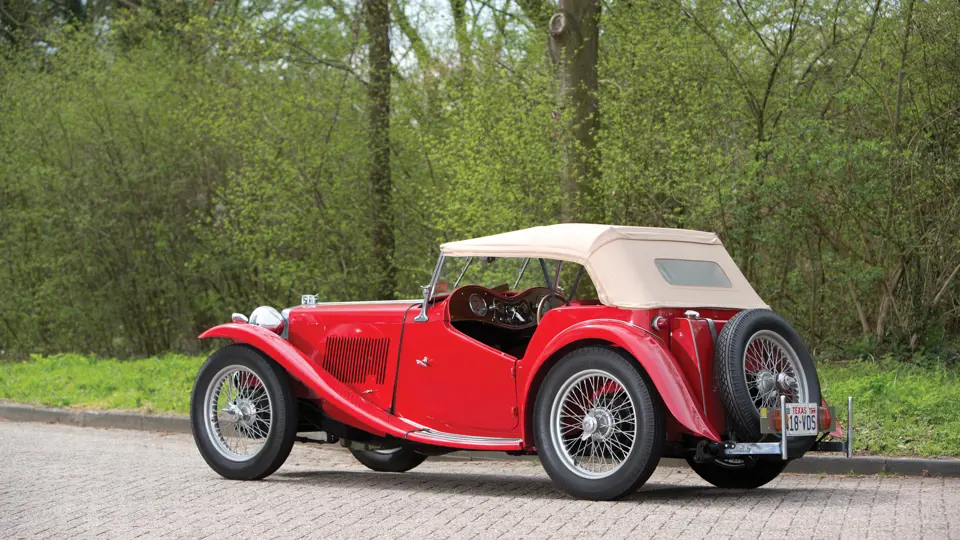
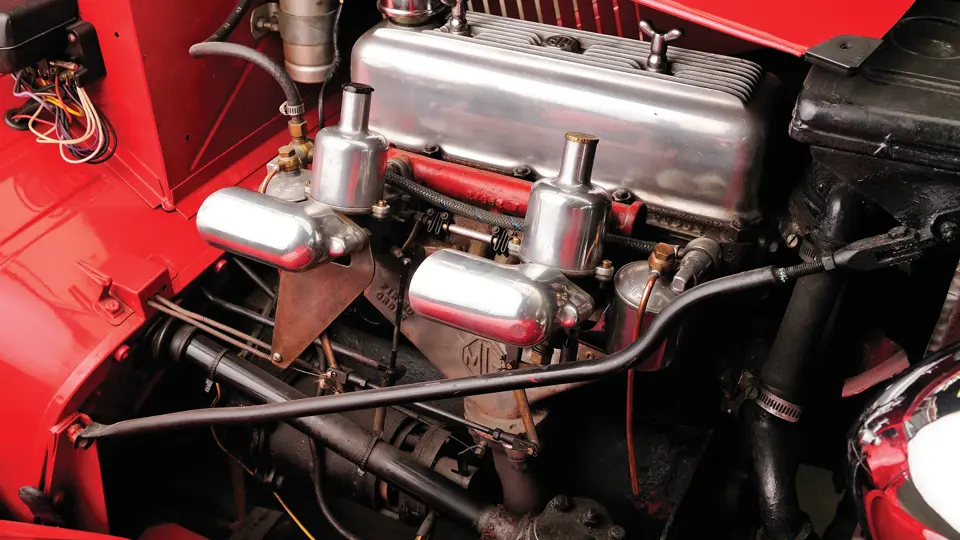


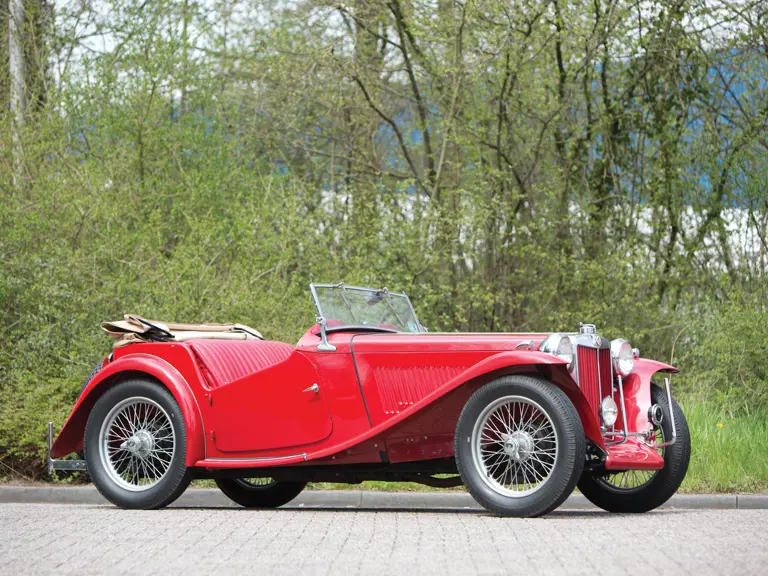
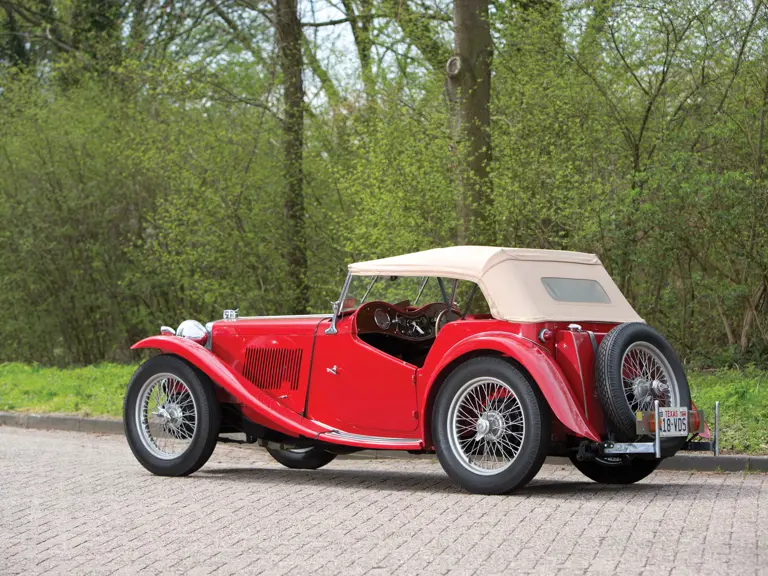

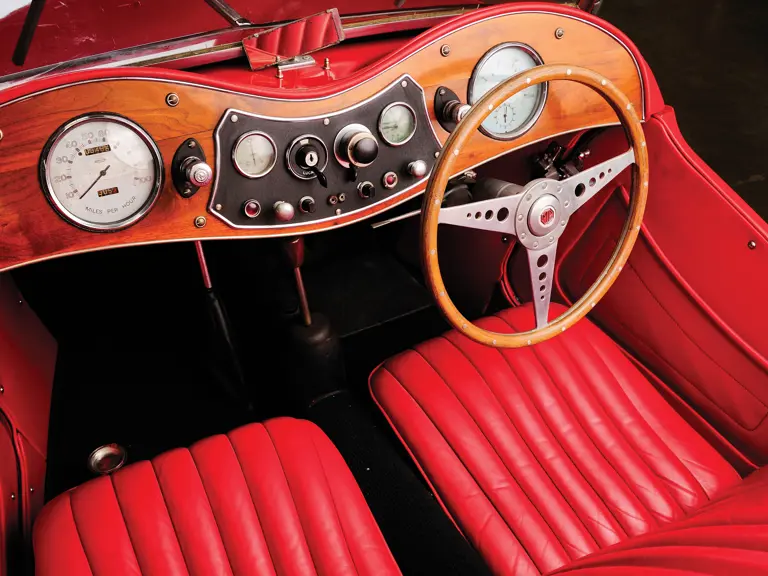
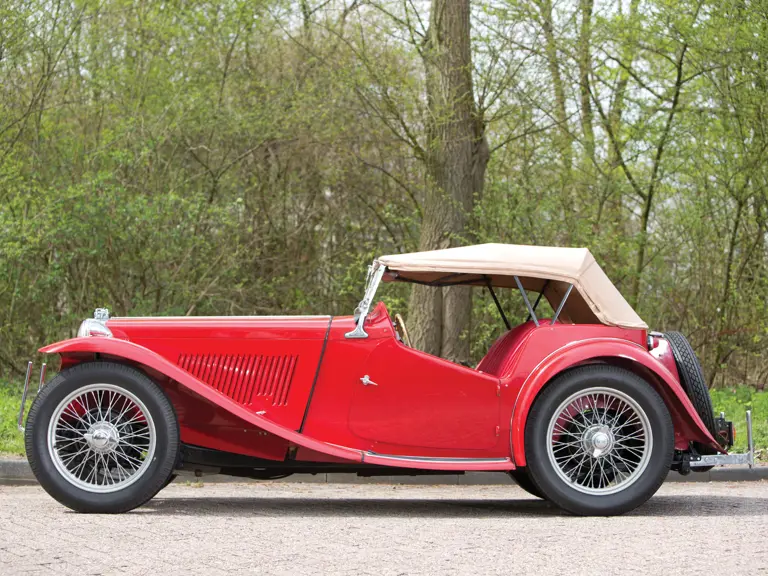


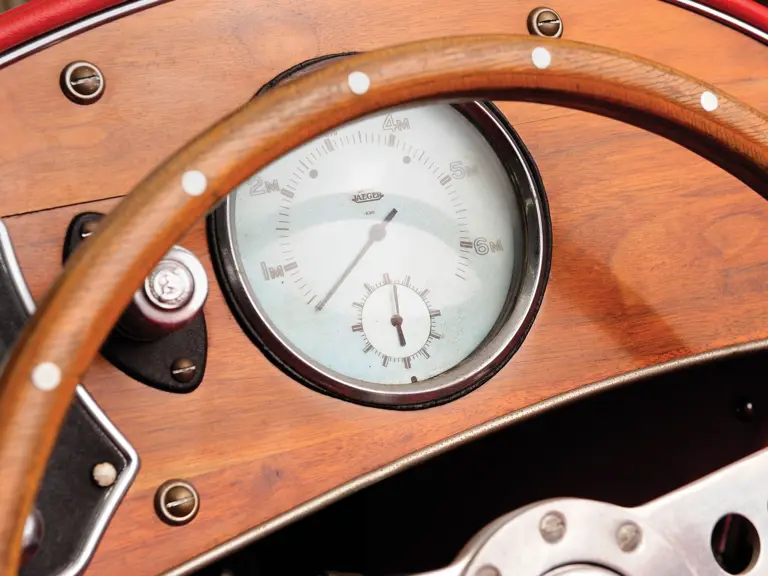

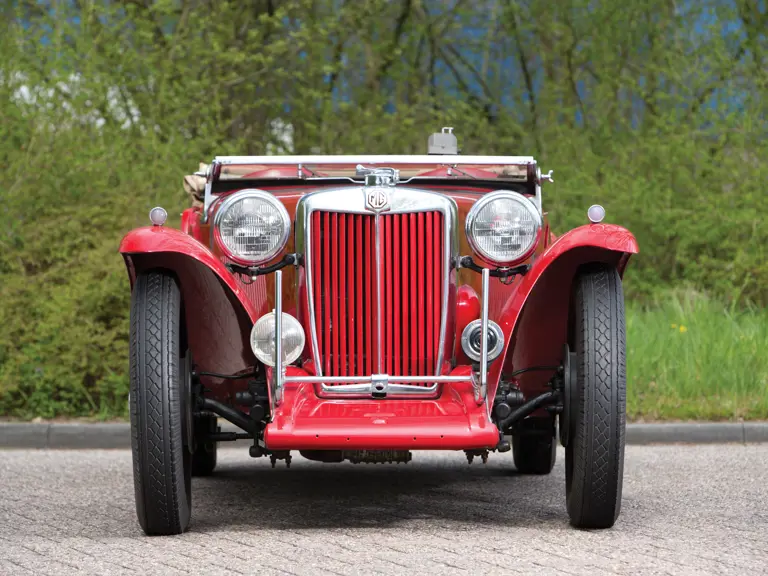
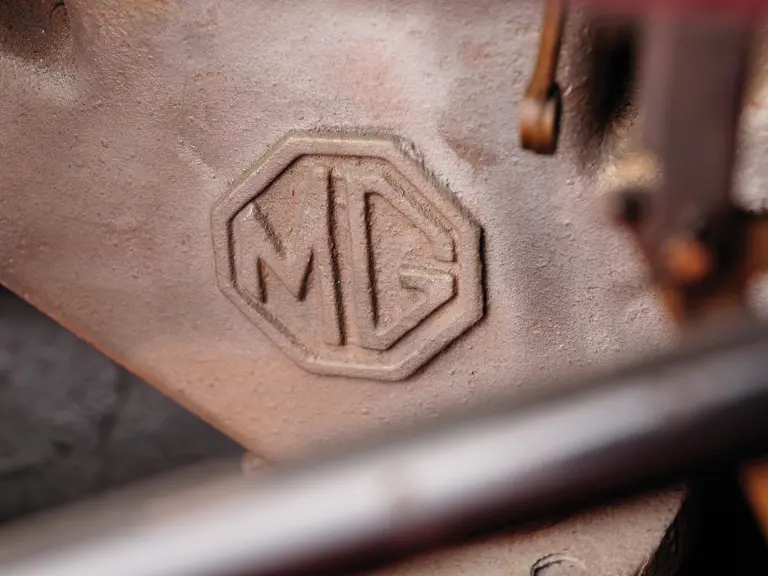


 | London, United Kingdom
| London, United Kingdom
